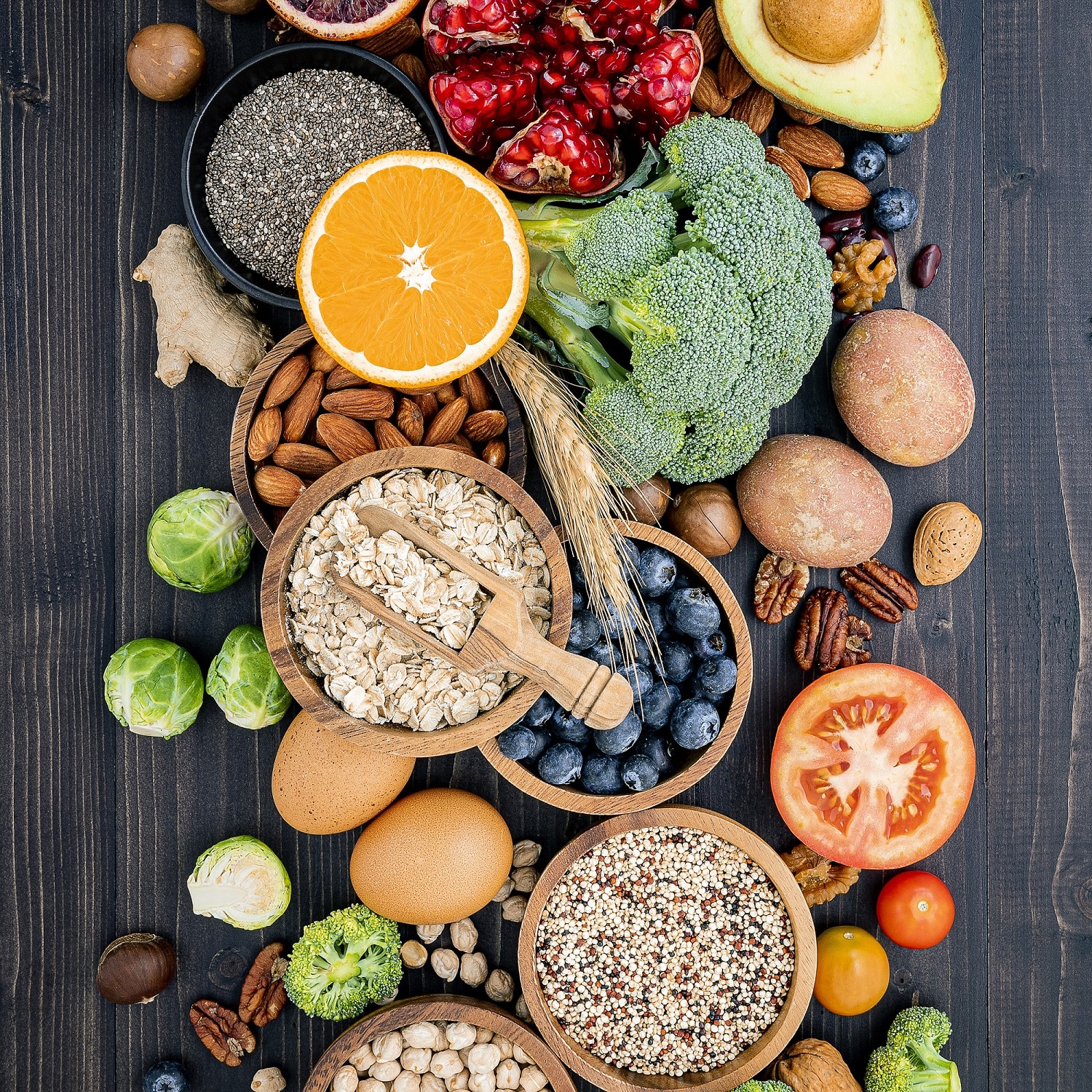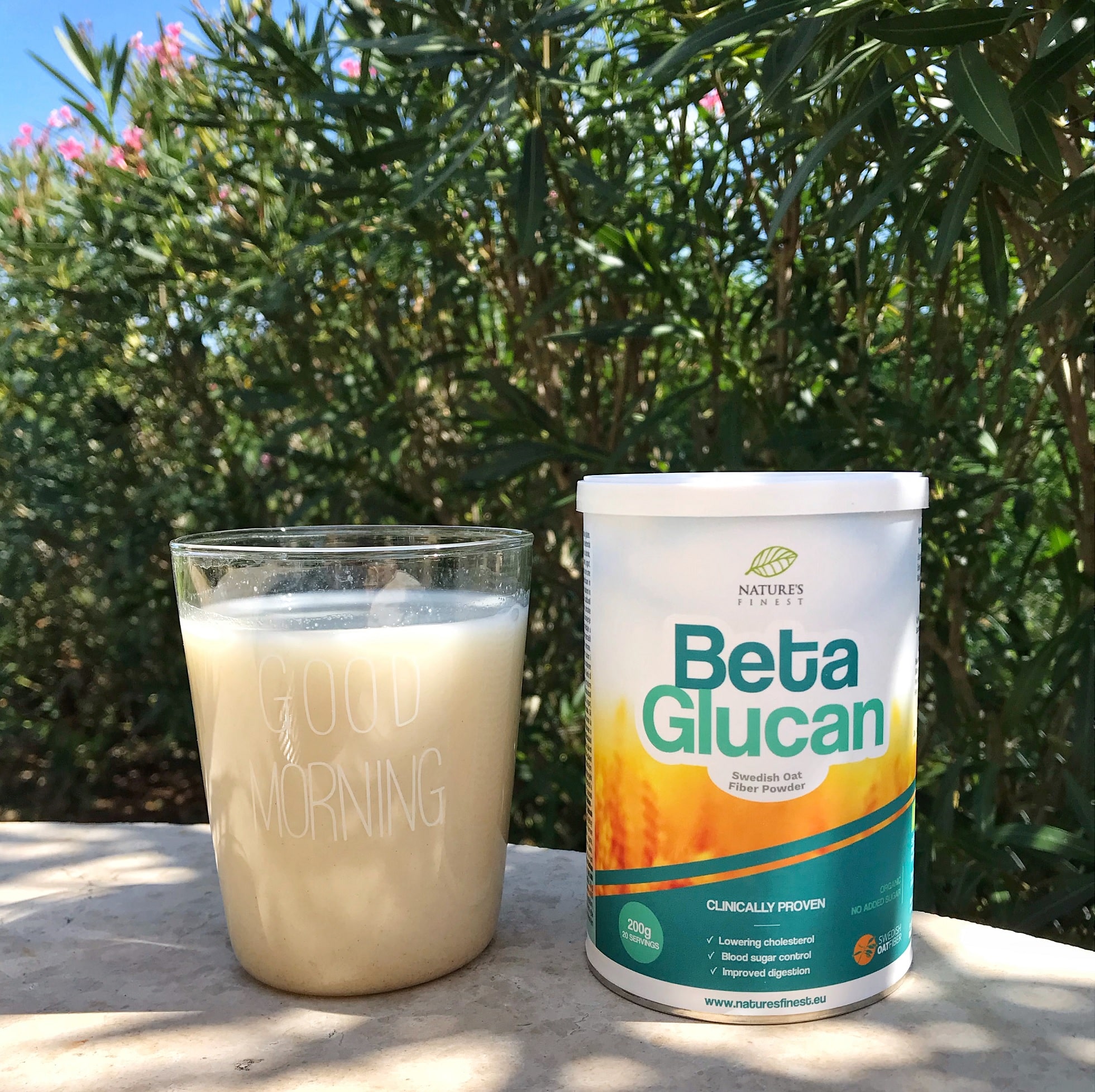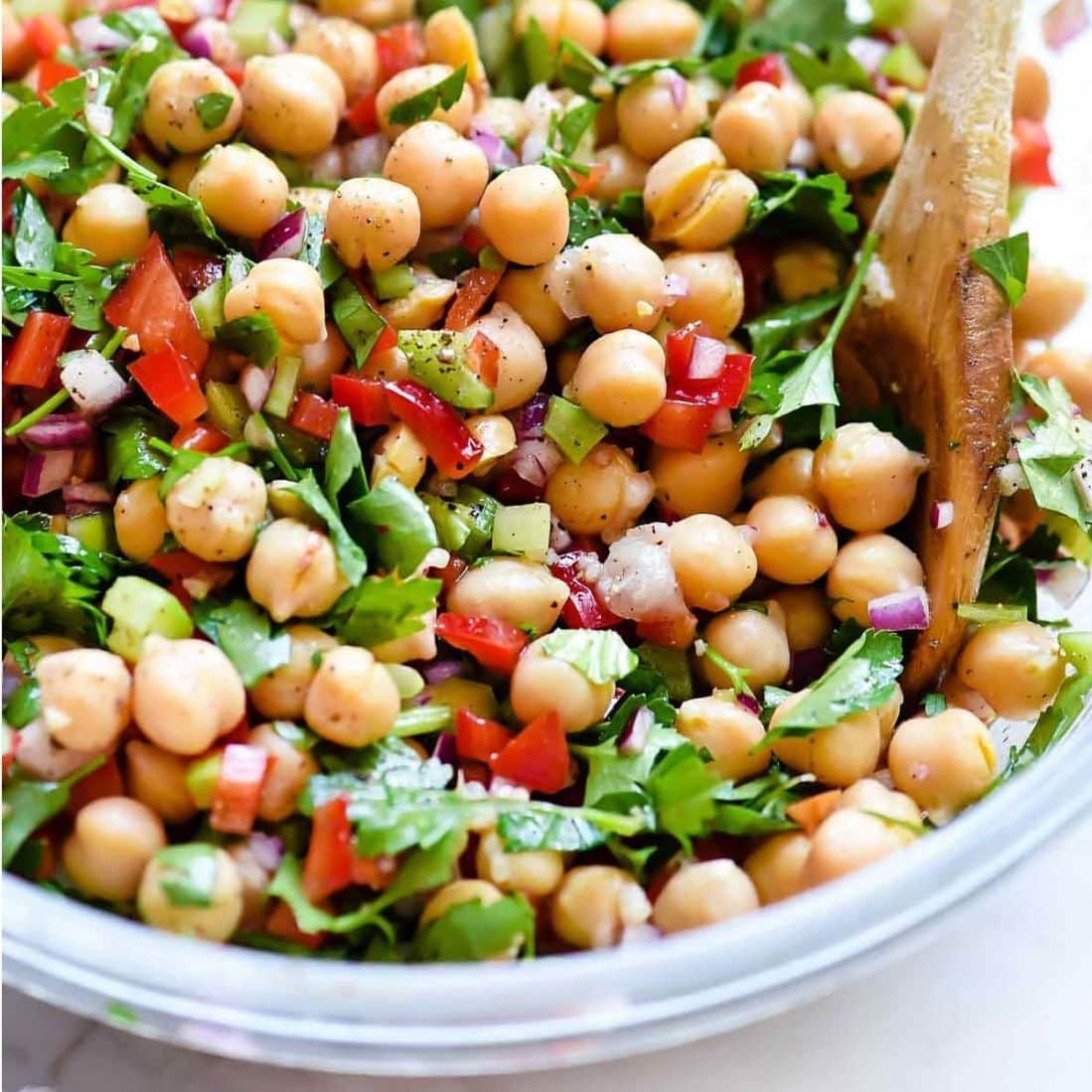Foods rich in dietary fibre
Probably everyone, at least once in a lifetime, gets an advice from a doctor, person who we know, or a friend, that we should consume more fibre. Then, we go on the huge platform called World Wide Web, type “fibre-rich food”, use 5 minutes of our time and effort to read all the information, and finally conclude that there is too much information, and we’ll never find what we need because it’s scattered everywhere. So, we give up.
What would you say if we told you that on the following pages you’ll find a real list of foods rich in dietary fibre, as well as some recipes? In order to be able to understand the list of fibre-rich nutrients well, we must first talk about what dietary fibres actually are.
Soluble and insoluble fibre
Fibres were well known to our ancestors, as their diet consisted mainly of plant foods. We only started eating meat 2.6 million years ago. That’s why it’s still very important that our diet includes fibre. Fibres are found in products of plant origin. We divide them into two groups – soluble and insoluble. Soluble fibres are changed through the digestive tract. They bind the water in our stomachs and therefore give us an even greater feeling of satiety. They also affect the pH in the stomach, provide a constant release of energy and regulate our blood sugar levels. However, insoluble fibres remain unchanged on the journey through the digestive tract and consequently ensure the proper functioning of the gastrointestinal tract. They remove waste products and toxins from the body, make it easier for food to pass through and take care of absorption. Fibres have no caloric value.
Why eat fibre every day?
Fibres have a very positive effect on digestion. A diet that contains a very small amount of fibre travels through our digestive tract for 60 up to 90 hours. However, a diet rich in fibre only needs 30 hours or less. This means that the more fibre our diet contains, the faster our digestion will be. Fibres also have a beneficial effect on the intestinal mucosa, give us a longer feeling of satiety and regulate the rise of blood sugar. They also have a positive effect on lowering cholesterol. Oppositely, too low fibre intake can cause constipation and intestinal irritation.How much fibre is recommended to be consumed daily?
The recommended daily intake is at least 40 g of fibre for men, and at least 25 g for women. For the elderly, a slightly lower amount is recommended, namely 21 g of fibre per day for women, and 30 g for men.Foods rich in fibre
Insoluble fibre:- Whole grains
- Chia seeds
- Flax seeds
- Nuts
- Brown rice
- Fruit
- Vegetables
- Wheat bran.
- Legumes (mainly lentils, beans and peas),
- Oats and oat flakes
- Barley
- Vegetables (leek, onion, artichoke, asparagus)

Menu example with fibre-rich foods:
Breakfast: oat flakes with fruit or oatmeal with plums and bananas
Snack: a handful of walnuts, almonds, hazelnuts or fruit (apple, banana, apricot, plums…)
Lunch: brown rice with chicken and peas, oat bran cookie or chickpea salad (recipe below)
Whole-grain cookie or fruit
Dinner: Whole-grain muesli with milk or tuna sandwich, apple
Fibre replacement or Beta Glucan
If the foods on the list above are not attractive enough, we can also consume a large part of the required daily fibre intake by consuming Beta Glucan, which is a natural polysaccharide classified as soluble dietary fibre. Its main ingredient is oat bran, which helps reduce the rise in glucose levels after meals, and contributes to normal blood cholesterol levels.
Beta Glucan is a completely natural product that doesn’t cause any side effects. It has a positive effect on high cholesterol, so we often recommend it to individuals who have cholesterol problems.
Using Beta Glucans is very simple
- The recommended daily amount to maintain a normal blood cholesterol level is 20 g of powder. 20 g of powder contains 3 g of beta-glucans
- To reduce the rise in blood glucose level after a meal, consume 28 g of powder for every 30 g of available carbohydrates (sugar, starch). 28 g of powder contains 4 g of beta glucans.
- Stir in your favourite beverage, soups, sauces, yogurt, smoothie, fruit salads and other foods.
Tips for higher fibre intake with the diet
We’ve put together some tips for you, which will give you ideas on how to consume more fibre with your diet.- Use more whole-grain products. Buy whole-wheat bread, whole-grain flour products, brown rice, barley, whole-grain pasta, etc.
- Choose meals that are high in fibre. For example, choose whole-grain cereals for breakfast.
- Use more fresh or frozen vegetables. Add them to soups, stews, create more salads, experiment…
- Try to include fruit in every meal.
- Choose snacks that contain more fibre. Choose fruits, nuts, whole-grain crackers.
- Make sure to add fibre gradually.
- Drink plenty of water and exercise regularly.
Chickpea salad recipe
We’ve prepared a delicious recipe for chickpea salad, which is rich with of dietary fibres, and is a great idea for lunch. Chickpeas can be prepared in the oven or served without heat treatment. In this case, the preparation time is shorter. Preparation time: 40 min Ingredients for: 4 people Ingredients- 4 handfuls of cooked chickpeas
- 3 red peppers
- 4 tbs. of chopped parsley
- 2 tbs. of chopped mint
- 3 tbs. of capers
- 2 tbs. of lemon juice
- Garlic, olive oil, salt to taste

Method
- Preheat the oven to 200°C.
- Wash the chickpeas thoroughly under running water and drain them well.
- Wash the peppers, dry them and, if desired, bake them in the oven for 15 minutes. Cool the roasted peppers, peel them, remove the seeds and cut as desired.
- In a bowl, mix the chickpeas, peppers, spices to taste, and finally add the capers.
- Drizzle the mixture with the dressing (lemon juice, salt, garlic and oil). Mix and serve.
- Effortlessly to a healthy lifestyle and a diet rich in fibre.